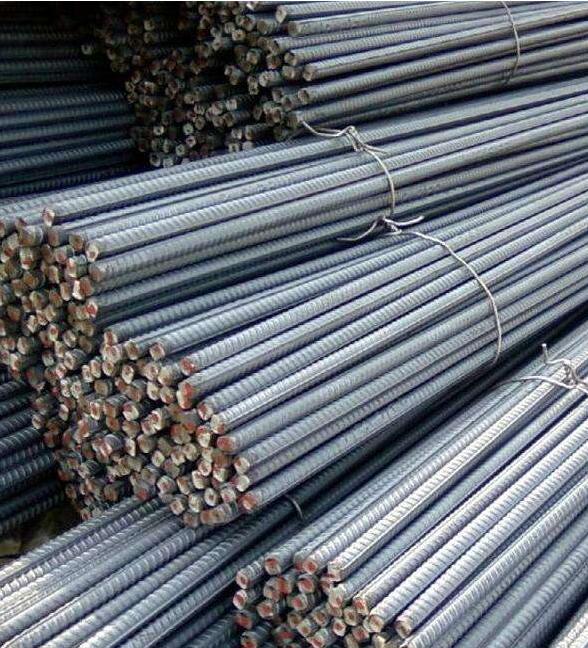A Comprehensive Guide to Steel Rebar Sizes
When working on construction projects, understanding steel rebar sizes is crucial for ensuring structural integrity and meeting industry standards. Steel rebar, short for reinforcing bar, is a key component in concrete construction, providing the tensile strength that concrete alone lacks. To help you navigate the various options available, we've put together a detailed guide on steel rebar sizes, complete with a handy table for quick reference.

What is Steel Rebar?
Steel rebar is a steel rod used in concrete to reinforce and strengthen it. These rods are typically made from carbon steel and are ribbed or textured to help them bond more effectively with concrete. Rebar is essential in construction projects, from building foundations and bridges to roadways and skyscrapers, providing the necessary support to withstand loads and prevent cracking.
Why are Steel Rebar Sizes Important?
Choosing the right size of rebar is crucial for the safety and stability of a structure. The size of rebar needed depends on factors such as the load the structure will bear, the type of concrete used, and the specific requirements of the project. Using the wrong size can lead to structural failures, costly repairs, or even dangerous conditions.
Understanding Rebar Size Notation
Rebar sizes are typically denoted by a number that corresponds to the diameter of the bar in eighths of an inch. For example, a #4 rebar has a diameter of 4/8 or 1/2 inch. This sizing system is standardized in the United States, making it easier for engineers and contractors to specify the appropriate rebar for their projects.
Common Steel Rebar Sizes
Here’s a quick reference table for the most common steel rebar sizes used in construction:
| Rebar Size | Nominal Diameter (inches) | Nominal Diameter (mm) | Nominal Area (sq. in) | Weight per Unit Length (lb/ft) |
|---|---|---|---|---|
| #3 | 0.375 (3/8) | 9.525 | 0.11 | 0.376 |
| #4 | 0.500 (1/2) | 12.7 | 0.20 | 0.668 |
| #5 | 0.625 (5/8) | 15.875 | 0.31 | 1.043 |
| #6 | 0.750 (3/4) | 19.05 | 0.44 | 1.502 |
| #7 | 0.875 (7/8) | 22.225 | 0.60 | 2.044 |
| #8 | 1.000 (1) | 25.4 | 0.79 | 2.670 |
| #9 | 1.128 (1 1/8) | 28.65 | 1.00 | 3.400 |
| #10 | 1.270 (1 1/4) | 32.26 | 1.27 | 4.303 |
| #11 | 1.410 (1 3/8) | 35.81 | 1.56 | 5.313 |
| #14 | 1.693 (1 3/4) | 43.0 | 2.25 | 7.650 |
| #18 | 2.257 (2 1/4) | 57.3 | 4.00 | 13.600 |
How to Choose the Right Rebar Size
Selecting the appropriate rebar size involves considering several factors:
- Structural Load: Determine the weight and stress that the structure will endure. Heavier loads typically require larger rebar sizes.
- Concrete Mix: The type of concrete used can affect the rebar size. Some mixes may require stronger reinforcement.
- Project Specifications: Follow the engineering plans and specifications, which often dictate the rebar size based on regulatory and safety standards.
- Local Building Codes: Always check local building codes, as they may have specific requirements for rebar sizes in different types of construction.
Conclusion
Understanding steel rebar sizes is a vital aspect of any construction project. By selecting the correct size, you ensure the safety, durability, and longevity of your structure. Use the provided table as a quick reference guide when planning your next project, and always consult with an engineer or construction professional to confirm that you’re using the right materials.
By staying informed about the different sizes and their applications, you’ll be better equipped to make smart, effective choices in your construction projects.
